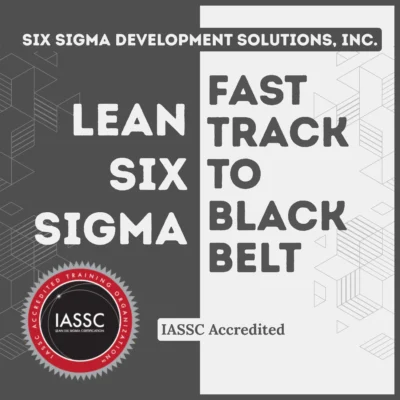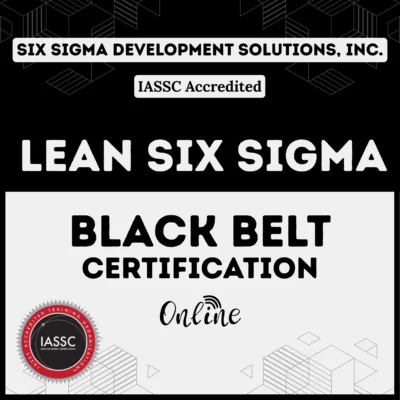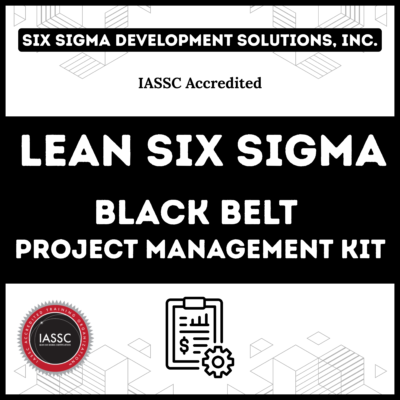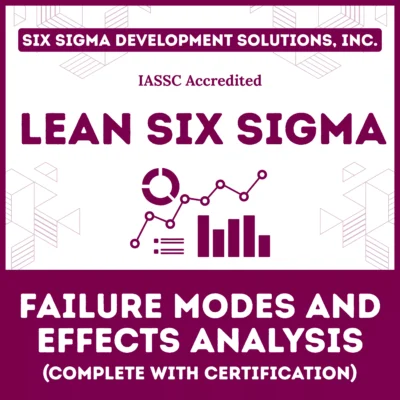Single piece flow, also referred to as single piece flow or continuous flow, represents a fundamental shift in manufacturing philosophy. This lean manufacturing concept involves moving one workpiece at a time between operations within a production process, rather than batching work.
Unlike traditional manufacturing approaches where large batches move through each production stage, continuous flow process design ensures products progress smoothly from start to finish without interruption. This methodology forms the backbone of lean manufacturing systems, directly addressing the inefficiencies that plague batch production.
Table of contents
What is Single Piece Flow?
Single piece flow is a lean manufacturing technique where a single product moves through each stage of production without waiting in batches or buffers. Instead of producing large quantities at once (batch production), single piece flow focuses on a continuous flow process, ensuring each unit is completed before the next begins.
This method aligns with the kaizen philosophy of continuous improvement, aiming to eliminate waste, reduce lead times, and enhance quality.
For example, picture a car assembly line. In a batch system, workers might assemble 50 engines before sending them to the next station, creating a buffer of inventory. In single piece flow manufacturing, each engine moves directly to the next step as soon as it’s complete, keeping the line fluid and efficient. This lean single piece flow approach ensures products are made just-in-time, reducing excess inventory and speeding up delivery.
Public, Onsite, Virtual, and Online Six Sigma Certification Training!
- We are accredited by the IASSC.
- Live Public Training at 52 Sites.
- Live Virtual Training.
- Onsite Training (at your organization).
- Interactive Online (self-paced) training,
Why Single Piece Flow Matters?
The beauty of single piece flow lies in its simplicity. By focusing on unitary flows—moving one unit at a time—manufacturers can spot defects early, reduce overproduction, and respond quickly to customer demand. Unlike batch vs one piece flow, where batches create delays and hide errors, single piece flow promotes transparency and agility.
It’s a cornerstone of lean manufacturing, rooted in Toyota’s Production System, and it’s reshaping industries worldwide.
The Mechanics of Single Piece Flow: How It Works

To understand single piece flow, let’s break it down. In a continuous flow process, each workstation is synchronized to handle one unit at a time. This requires careful planning, balanced workloads, and streamlined processes. Here’s how it comes together:
1. Balanced Production Line
For single piece flow to succeed, every step in the process must take roughly the same amount of time. If one station is slower, it creates a bottleneck, disrupting the lean flow. Manufacturers use tools like value stream mapping to identify imbalances and ensure smooth transitions.
2. Minimal Inventory
In single piece flow manufacturing, there’s no room for single process inventory sitting idle. Buffers—flow units waiting in the process without being worked on—are eliminated. This reduces storage costs and the risk of defective products piling up unnoticed.
3. Quick Changeovers
Switching between products must be fast to maintain flow. Techniques like SMED (Single-Minute Exchange of Die) help reduce setup times, making one piece flow viable for diverse product lines.
4. Continuous Improvement
Kaizen one piece flow thrives on constant refinement. Workers are encouraged to identify inefficiencies, suggest improvements, and test new ideas to keep the flow seamless.
A single piece flow example might be a bakery producing custom cakes. Instead of baking 20 cakes at once, the baker completes one cake—mixing, baking, decorating, and packaging—before starting the next. This ensures fresh cakes, quick delivery, and immediate feedback if something goes wrong.
Single Piece Flow vs. Batch Production
To grasp the power of single piece flow vs batch, let’s compare the two:
- Batch Production: Produces large quantities at each stage before moving to the next. This leads to high inventory levels, longer lead times, and hidden defects. For instance, if a batch of 100 parts is defective, the error might not be caught until much later, wasting time and resources.
- Single Piece Flow: Moves one unit at a time, reducing single process inventory and catching errors early. It’s faster, more flexible, and aligns with customer demand. However, it requires precise coordination and can be disrupted by equipment failures or uneven workloads.
Difference Between Single Piece Flow and Batch Production
| Feature | Single Piece Flow | Batch Production |
| Production Method | Produces items one at a time, moving immediately from one process to next | Produces items in groups or batches; items wait for the entire batch to complete before moving on |
| Lead Time | Shorter lead time; faster completion and delivery | Longer lead time due to batch processing and waiting times |
| Inventory Levels | Low work-in-progress inventory; minimal storage needed | Higher work-in-progress inventory, leading to more storage requirements |
| Quality Control | Immediate feedback; defects detected early in process | Defects may affect entire batch and are detected later |
| Flexibility | High flexibility; good for customized orders and variations | Lower flexibility; less suitable for customization |
| Equipment Utilization | Requires continuous use, may have bottlenecks if flow is disrupted | Efficient utilization with batch setup, less frequent changeovers |
| Labor Cost | Generally lower due to continuous flow and less waiting | Potentially higher due to batch waiting and handling |
| Waste | Reduced waste through minimized overproduction and defects | More waste due to batch defects, overproduction, and inventory |
| Space Requirement | Less floor space needed due to low inventory | More space required for storing batch inventory and work in progress |
| Changeover Time Impact | More significant as frequent changes happen between single items | Less significant; one changeover per batch |
| Production Speed | Generally faster production of individual units | Can be slower due to batch queuing and setup |
| Suitability | Best for high variety, low volume, customized products | Best for standardized products with economies of scale |
| Detection of Errors | Faster detection and correction at the source | Delayed detection as entire batch affected before noticed |
| Workers’ Morale | Improved due to engagement and problem solving | Lower engagement due to repetitive batch tasks |
Batch vs single piece flow highlights a key trade-off: batch production may feel efficient for large runs, but it sacrifices agility. Single piece flow, while demanding upfront investment in process design, delivers long-term savings and quality improvements.
Core Principles Behind Single Piece Flow Manufacturing
The foundation of single piece flow manufacturing rests on several interconnected principles. First, it eliminates work-in-process (WIP) inventory between stations. When flow units waiting in the process without being worked on are often referred to as buffer, single piece flow removes these buffers entirely.
Additionally, this approach synchronizes production speed with customer demand, creating what lean practitioners call takt time alignment. Each workstation operates at the same pace, preventing bottlenecks and maintaining steady throughput.
Moreover, single process inventory becomes virtually non-existent, as materials transform into finished products without accumulating at intermediate stages. This transformation fundamentally changes how manufacturers view inventory management and resource allocation.
Also Read: Process Mapping vs. Flowchart: Key Differences
Benefits of Single Piece Flow
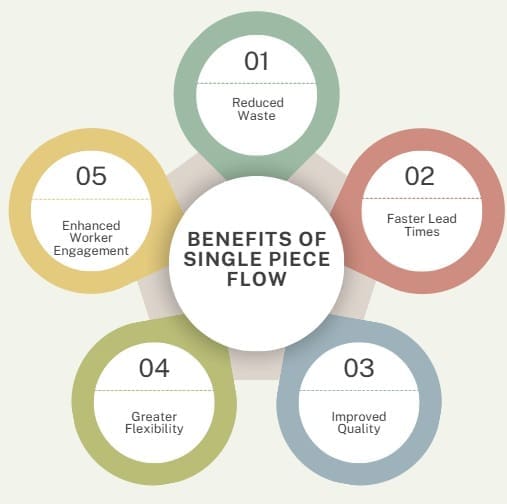
Adopting one piece flow manufacturing offers a cascade of advantages. Here’s why it’s worth the effort:
1. Reduced Waste
By eliminating buffers and excess inventory, single piece flow cuts costs associated with storage, handling, and obsolescence. What effect does a one-unit flow have on inventory? It slashes it dramatically, freeing up capital and space.
2. Faster Lead Times
With no delays between steps, products reach customers quicker. This is critical for industries like electronics, where speed-to-market drives competitiveness.
3. Improved Quality
Defects are caught immediately in a continuous flow process. If a part fails at one station, it’s fixed before moving forward, preventing large-scale rework.
4. Greater Flexibility
Lean single piece flow allows manufacturers to adapt to changing customer needs. Small, frequent production runs make it easier to switch between products without overstocking.
5. Enhanced Worker Engagement
Workers in a single piece flow system are empowered to spot issues and suggest improvements, fostering a culture of ownership and collaboration.
A real-world one piece flow example is Toyota’s assembly line, where cars move through each station one at a time, ensuring defects are addressed instantly and inventory remains minimal.
Challenges and Disadvantages of single Piece Flow
While one piece flow is powerful, it’s not without hurdles. Here are some one piece flow disadvantages to consider:
1. High Setup Costs
Transitioning to single piece flow requires retooling production lines, training staff, and optimizing workflows. This can be costly, especially for smaller manufacturers.
2. Dependency on Equipment Reliability
A single machine breakdown can halt the entire line, as there’s no buffer to keep production moving. Robust maintenance systems are essential.
3. Need for Skilled Workers
Lean flow demands workers who can handle multiple tasks and adapt quickly. Training and retaining such talent can be challenging.
4. Limited Scalability for High-Volume Products
For products requiring massive output, smaller transfer batches in one piece flow may increase material handling needs, raising costs.
Despite these challenges, the long-term benefits of one piece flow lean often outweigh the initial hurdles, especially for companies committed to lean principles.
Implementing Single Piece Flow
Ready to embrace one piece flow method? Here’s how to get started:
- Map Your Value Stream: Identify every step in your production process and pinpoint bottlenecks or waste. Tools like value stream mapping are invaluable here.
- Balance Workloads: Ensure each station takes the same amount of time to avoid delays. Adjust staffing or equipment as needed.
- Reduce Setup Times: Implement SMED to make changeovers lightning-fast, enabling flexibility in production.
- Train Your Team: Educate workers on lean one piece flow principles and empower them to suggest improvements.
- Test and Refine: Start with a pilot project, measure results (e.g., lead time, defect rate), and scale up gradually.
For instance, a furniture manufacturer might transition one product line to one piece flow—say, dining tables—before rolling it out factory-wide. This minimizes risk while proving the concept.
Real-World One Piece Flow Examples
- Electronics Manufacturing: A smartphone assembly line uses single piece flow manufacturing to assemble one phone at a time, ensuring defects are caught before the next unit begins.
- Food Processing: A sandwich shop prepares one customer’s order from start to finish, reducing wait times and ensuring fresh ingredients.
- Automotive: Toyota’s lean one piece flow system moves each car through assembly stations without batching, cutting inventory and boosting quality.
These one piece flow examples show how versatile the approach is across industries, from high-tech to small-scale operations.
FAQs About Single Piece Flow
What is single piece flow in lean manufacturing?
Single piece flow is a lean technique where a single product moves through each production stage without waiting in batches, reducing waste and improving efficiency.
Which term refers to operating at a flow of one-unit-at-a-time?
The term is one piece flow or single piece flow, emphasizing continuous movement of individual units through the production process.
What effect does a one-unit flow have on inventory?
One-unit flow significantly reduces inventory by eliminating buffers and excess stock, lowering storage costs and minimizing waste.
What are the disadvantages of one piece flow?
Challenges include high setup costs, dependency on reliable equipment, and the need for skilled workers to maintain smooth operations.
How does one piece flow compare to batch production?
Batch vs one piece flow: Batch production creates large quantities at once, leading to inventory buildup and delays, while one piece flow moves one unit at a time for faster, leaner production.
Also Read: Batch production
Final Words
One piece flow is more than a manufacturing technique—it’s a mindset shift toward efficiency, quality, and agility. By moving one unit at a time through a continuous flow process, manufacturers can slash waste, catch defects early, and respond swiftly to customer needs.
While challenges like setup costs and equipment reliability exist, the benefits—lower inventory, faster lead times, and engaged workers—make lean one piece flow a game-changer. Whether you’re in automotive, electronics, or food production, adopting one piece flow manufacturing can transform your operations.




